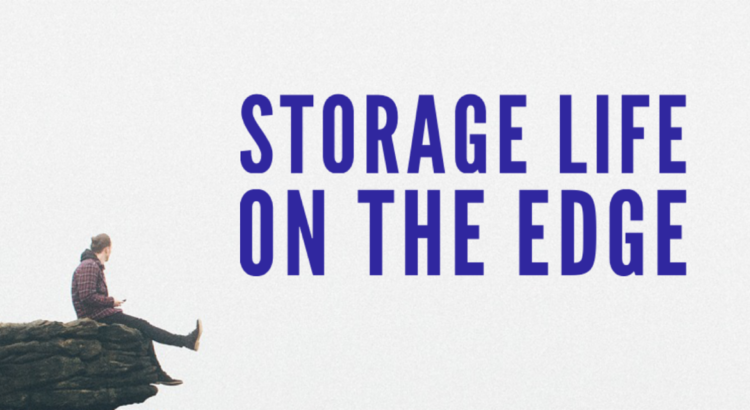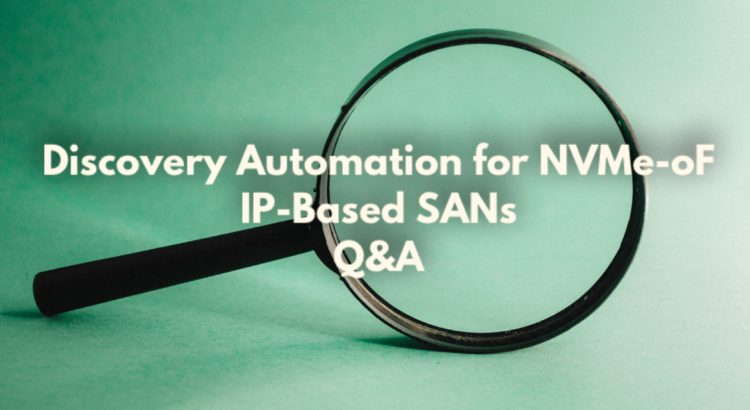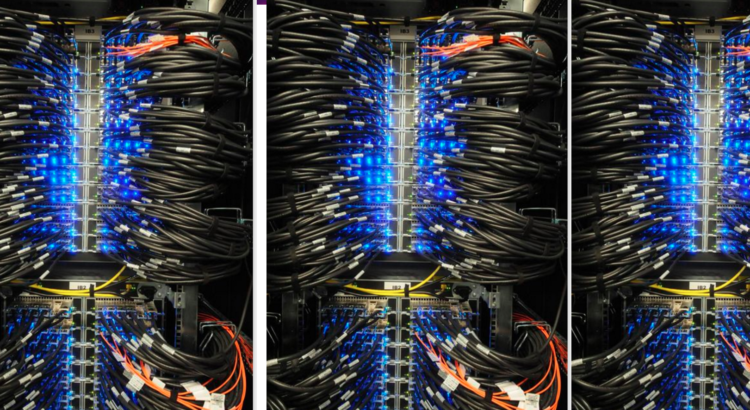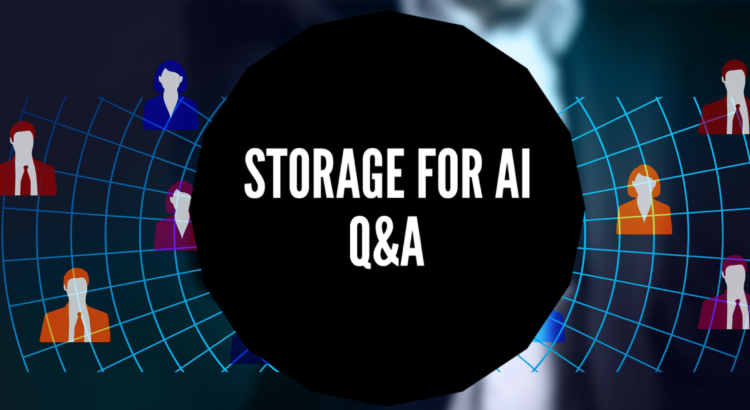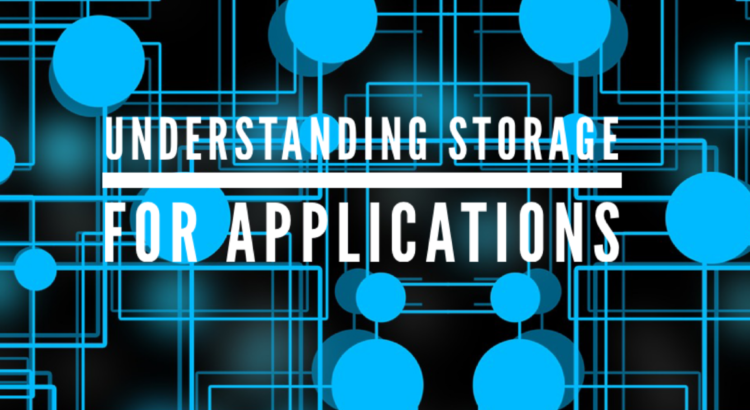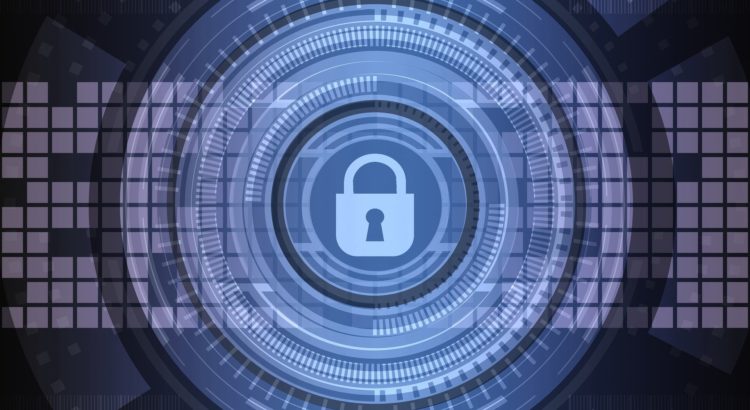Everyone enjoys having storage that is fast, reliable, scalable, and affordable. But it turns out different applications have different storage needs in terms of I/O requirements, capacity, data sharing, and security. Some need local storage, some need a centralized storage array, and others need distributed storage—which itself could be local or networked. One application might excel with block storage while another with file or object storage. For example, an OLTP database might require small amounts of very fast flash storage; a media or streaming application might need vast quantities of inexpensive disk storage with extra security safeguards; while a third application might require a mix of different storage tiers with multiple servers sharing the same data. This SNIA Networking Storage Forum “Storage for Applications” webcast series will cover the storage requirements for specific uses such as artificial intelligence (AI), database, cloud, media & entertainment, automotive, edge, and more. With limited resources, it’s important to understand the storage intent of the applications in order to choose the right storage and storage networking strategy, rather than discovering the hard way that you’ve chosen the wrong solution for your application.
We
kick off this series on October 5, 2020 with “
Storage
for AI Applications.” AI is a technology which itself encompasses a broad
range of use cases, largely divided into training and inference.
Read More

